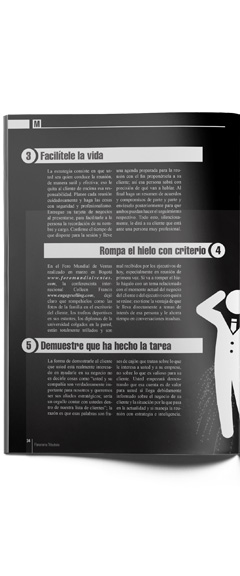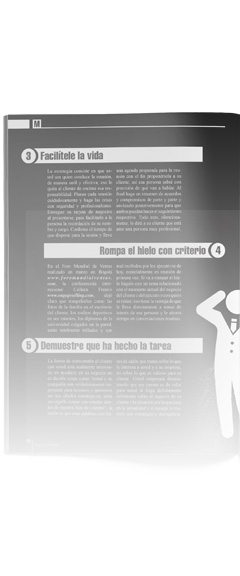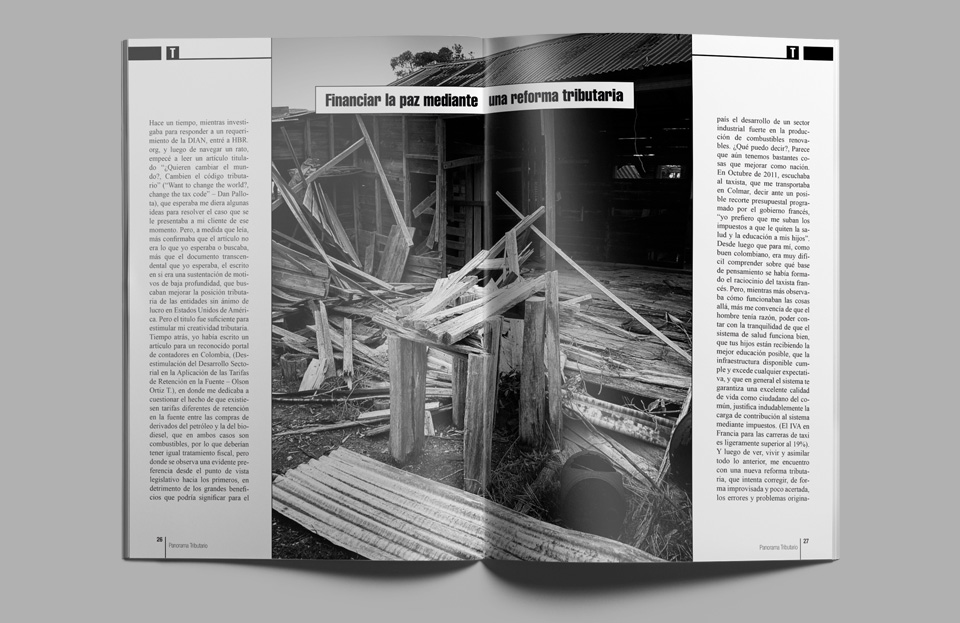
Panorama Tributario
A monthly scientific magazine focused on accounting and related topics, featuring discussions led by different professionals in the field.
Panorama Tributario is a scientific publication with a subscription-based payment model that targets accountants and other professionals in similar fields. It provides information and news about the laws, practices, processes, techniques, and technologies that guide accounting and other administrative jobs.
As part of the project, I was responsible for designing the layout and visual style of the publication and its cover.
Working under tight deadlines, I aimed to create a design that was visually appealing, easy to navigate, and optimized for readability.
The design also needed to be flexible enough to accommodate a variety of content types, including articles, news updates, and technical reports.






